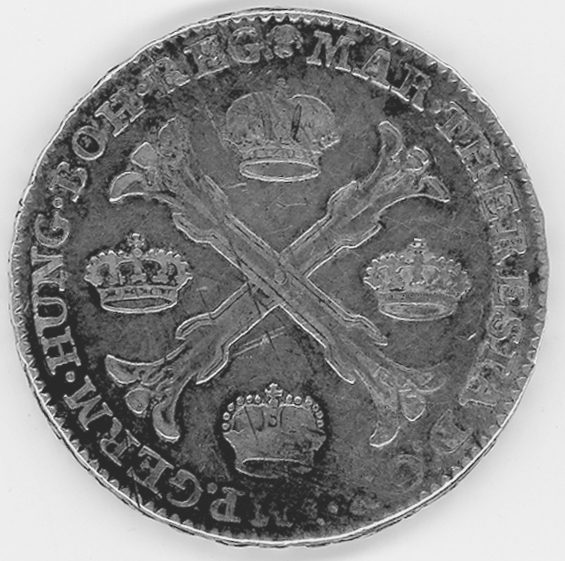The dot, in its humble simplicity, has proven to be extremely popular and useful in fine art.
Divisionism and pointilism used the juxtaposition of dots in different colours to create new colour experiences on the canvas.
Op-art gave us psychedelic dot experiences.
Roy Lichtenstein drew us into the dotted world of CMYK printing.
Damien Hirst created thousands of dot paintings, continuing the pointilist’s colour experiments, but increasing the distance and lining them up in orderly grids.
Aboriginal Art uses dots to tell (and hide) stories and places - to map and to veil at the same time.
Dot paintings can be flowing, organic, inviting.
They can become vibrant seas of colour.
Or harsh geometric hierarchies.
You can tell the type of dot-art you’re looking at by analysing the dots.
Are they large? Small? Medium?
How are they organised? In a grid? Free-form? Something in between?
What is the distance between them? Do they almost overlap, or is there an empty space between them?
And how precise are they? Printerly? Or painterly?
Today, become a dot-art expert by zooming in on the dots.
Dive into online art collections and study the use of dots in dot-art and get your dot-diploma. You’ll be able to tell a period, painter or style from the dots in no-time!
Capture screenshots of your favourite dot-art and share them using the hashtag #kramerseye on Twitter or Instagram.







